This blog post discusses the African climate that we endured during our 54-participant Aalto in Africa trip to Southern Africa. Our journey started with a one-week stay in the Zambian wilderness at the Kafue National Park. From there we continued to Victoria Falls in Livingstone and furthermore via Johannesburg to our final destination, Cape Town. Vaisala was generous enough to give us a Hand-Held Humidity and Temperature Meter HM40, which was used to measure the climate during our stay at the Chunga Scout Camp at Kafue.
The weather was not the first thing in my mind when we travelled to Southern Africa. Upon our arrival, it turned out to be rather an important factor in our daily lives, though. During our stay in Zambia, the sun was shining hot and bright twelve hours a day – this led us to take various precautions when protecting ourselves from the sun.
As opposed to Finnish seasons, Zambia has only three of them; the rainy, the hot dry and the cool dry seasons. The coldest time of the year is during the cool dry season which usually begins in May and lasts until August. This mainly corresponds to winter and the highest daily temperatures stay in the low end of 20’s (Celsius). Upon arrival of the hot dry season, the temperatures begin to rapidly rise and, between September and October, the temperatures stay in the 30’s. From November to April, the Zambian landscape is colored by rains and thunderstorms which cause the flora to blossom and everything gets green again.
 An elephant drinking invigorating water from the Kafue river. The dry season got all the animals to wander closer to the river.
An elephant drinking invigorating water from the Kafue river. The dry season got all the animals to wander closer to the river.
 Temperature and humidity measurements with Vaisala HM40 during a typical day at the Scout Camp.
Temperature and humidity measurements with Vaisala HM40 during a typical day at the Scout Camp.
Our visit to Zambia was dated at the end of the dry season. The Zambian savannah was extremely dry and at the same time, hot. The dry season is perhaps the best time to spot animals, since all of them have ascended to the Kafue river to drink. We spotted several elephant families near the river followed by impalas, lions, leopards and baboons. The river swarmed with hippos and crocodiles along with rich African bird flocks. Most of the African animals are nocturnal and stay in the shade for the most of the daytime. For example, the hippos ashore at night when they start their nightly dinner. Also leopards and lions prefer to capture their prey at night.
As did the animals feel more comfortable during the off-hours, so did we. The early few hours in the morning (from 6 to 8) felt comfortable, but after that the temperature started rising rapidly and soon reached its highest point which was around 35 degrees during our stay. This felt quite uncomfortable and usually led us to spend the hottest hours in the shade. Sun lotion and protective hats were commonly used under the burning sun. The most noticeable effect the dry air had was some participants’ occasional nose bleeds. The sun set unbelievably quickly followed by the rapidly cooling air.
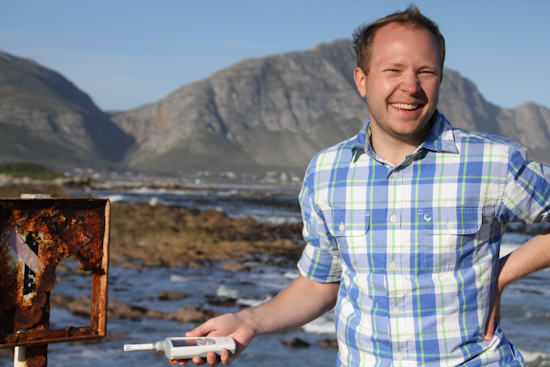 Eager Peter measuring the climate in Cape Town.
Eager Peter measuring the climate in Cape Town.
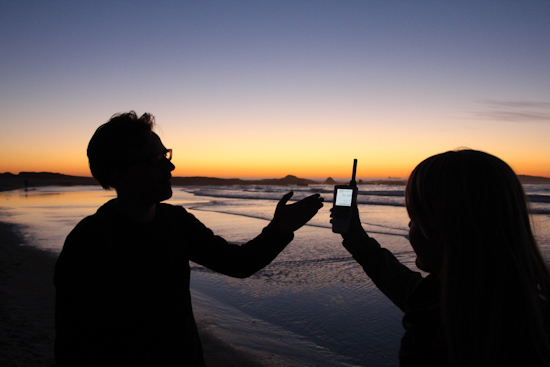 Emil and Emilia investigating the temperature of the sunset by the Atlantic Ocean in Cape Town.
Emil and Emilia investigating the temperature of the sunset by the Atlantic Ocean in Cape Town.
Vaisala gave us a Hand-Held Humidity and Temperature Meter HM40 for our everyday measurement needs. As you can see from the measurements made with HM40, the daily temperature was at its highest around noon, when the sun was at the zenith. As stated above, also the relative humidity of the air was at its lowest at that time. For reference, the recommended relative humidity in households is around 25–55 percent.
P.S. We absolutely had to build a sauna in the savannah because – hey, why not? We were really looking forward to this since the day had been full of action including dusty safaris and exhausting workshops. The building process included a bunch of wooden poles and lots of plastic wrap we had bought with us from Finland. The poles acted as frames for the makeshift plastic wrap walls. For the sauna stove (kiuas), we used a turbostove that we had brought with us.
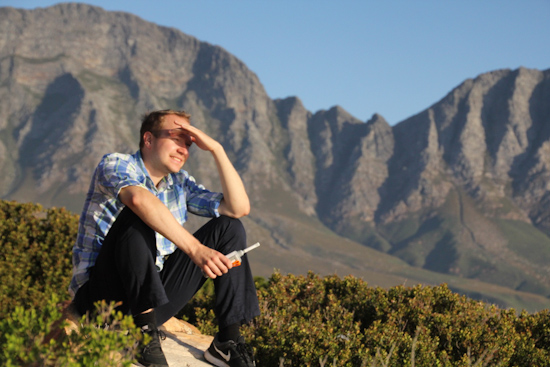 There’s no combination like sunny weather and gentle ocean breeze.
There’s no combination like sunny weather and gentle ocean breeze.
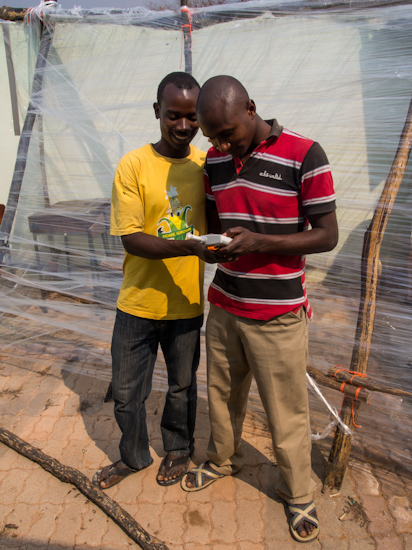 Two Zambian scouts measuring the air temperature and humidity with Vaisala’s HM40 device in front of our plastic wrap sauna.
Two Zambian scouts measuring the air temperature and humidity with Vaisala’s HM40 device in front of our plastic wrap sauna.
Everything seemed promising when we finally got to heat up the sauna; the temperature was rising steadily along with the sunset. Unfortunately, on the first cast of water to the hot rocks, we noticed that the whole building leaked like a sieve. Vaisala’s HM40 was also used to measure the temperature of our beloved hut. The highest measurement was somewhere around 37 degrees Celsius. Luckily our African guests didn’t care about the heat and wanted to bathe with us anyway.
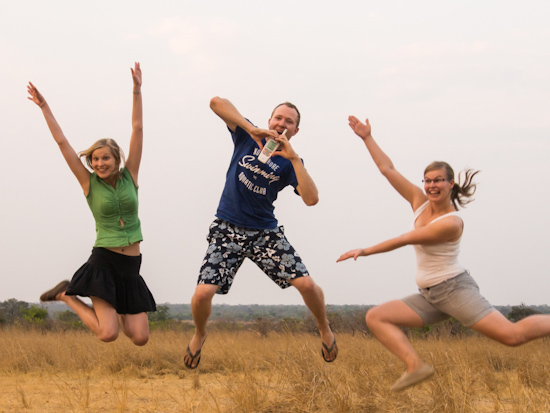 There were also former Vaisala Giant Leapers participating. (From left) Veera, Peter and Maiju.
There were also former Vaisala Giant Leapers participating. (From left) Veera, Peter and Maiju.
More info on our trip at aaltoinafrica.com
Greetings from former Vaisala Giant Leapers,
Peter, Veera and Maiju